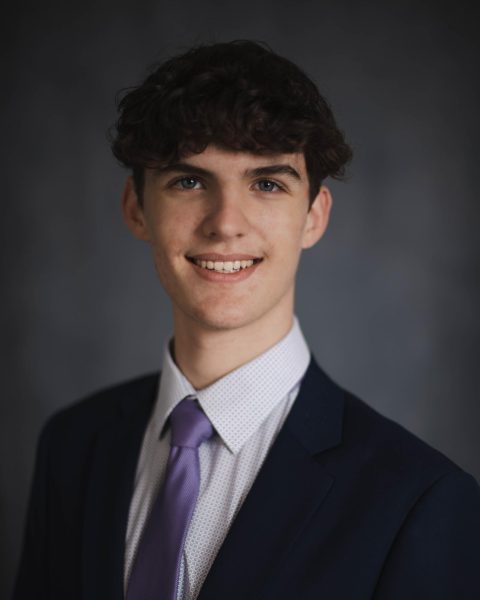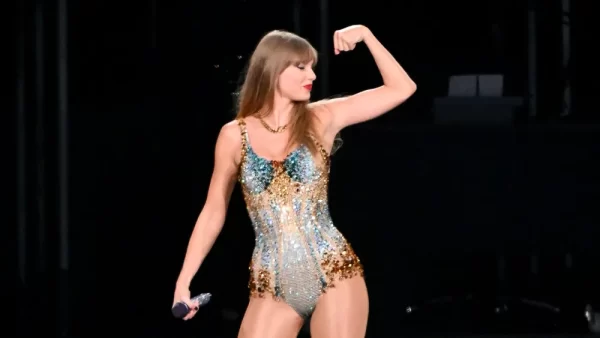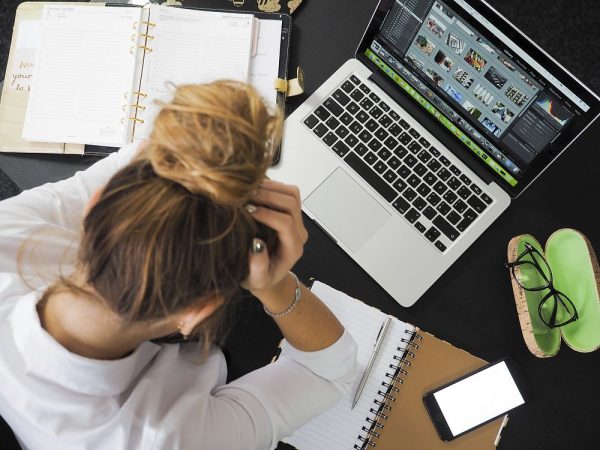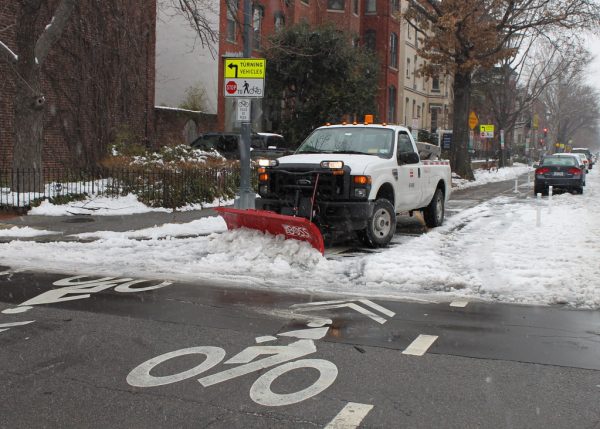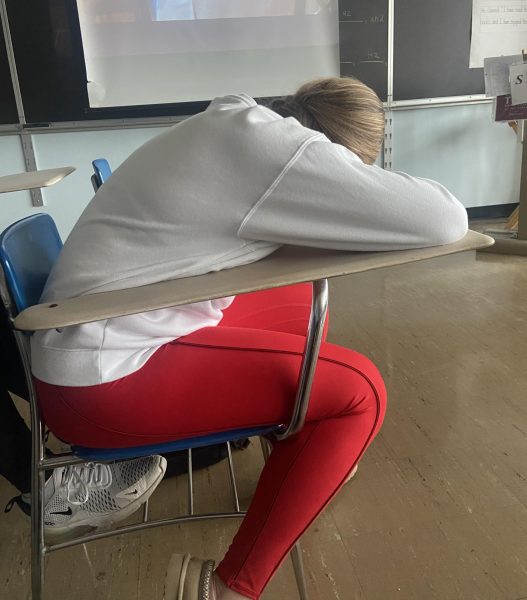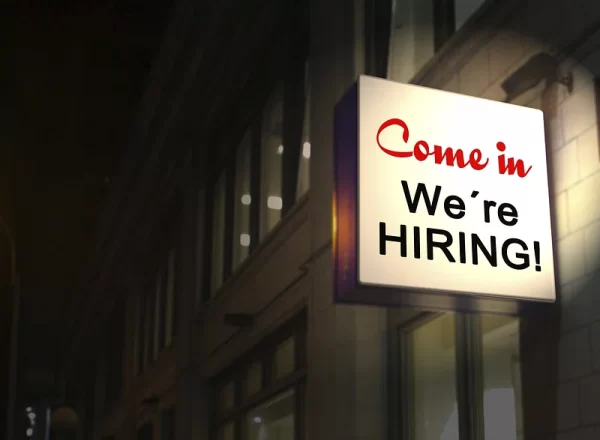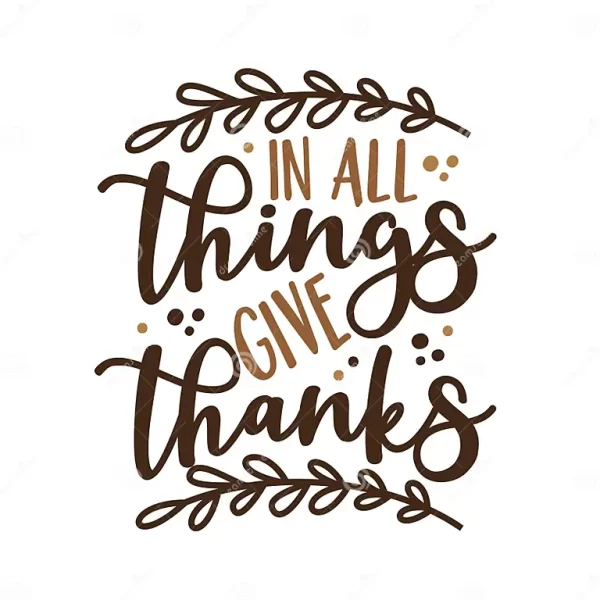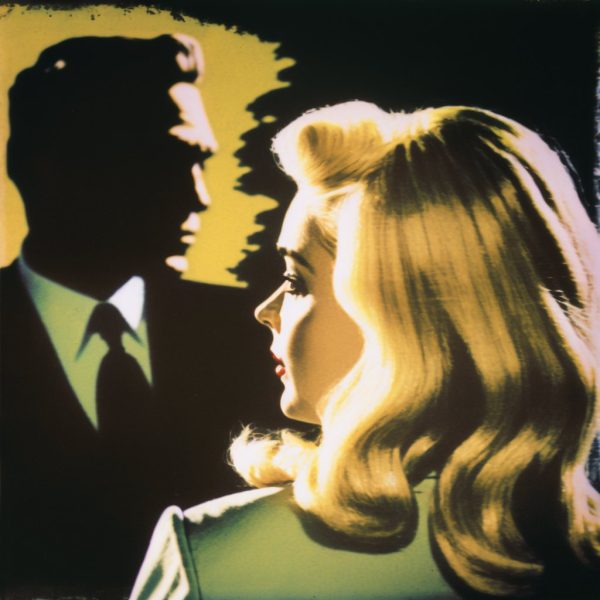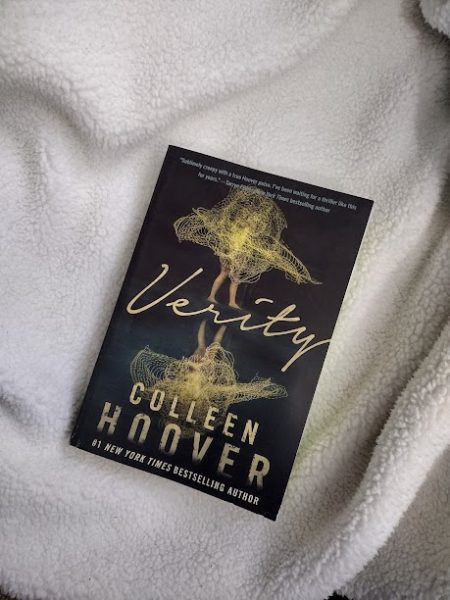The Ethics of AI Art: Plagiarized or Contemporary?
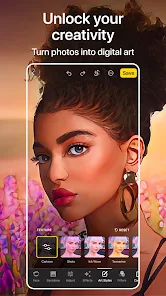
People are Using Apps to Turn Photos into Art Using Filters
Since the dawn of digital art in the 1980s, artists have taken the world by storm with this controversial medium, and programs like Photoshop and Procreate have defined it. However, in the past few decades, as creators find new and unique ways to use technology, people continue to ask the age-old question, “What is art?” Despite the controversy surrounding digital art since its conception, much of it has since been resolved, and it is now considered by many as a legitimate art form.
In spite of this development, as has always been the case, both art and technology continue to develop at a rapid pace. This brings us to the most recent controversy in the art world: AI art. With the development of a new feature in the 2018 photo editing app Lensa, users now have the ability to submit photos and pay a minor fee in order to receive 50 unique portraits. Unlike social media apps that paste a filter over pre-existing images, this software and others like it use the photos provided to create entirely new images. What’s the catch? Artificial intelligence is often trained using a data set composed of uncredited art and content found throughout the internet. Since the release of this program, artists have feared the program copying or stealing their work without their knowledge or consent, and the program’s user agreement indicates that user content can, in fact, be used to train AI models. While some artists vehemently oppose this practice and demand stricter copyright laws, others argue that it magnifies the general population’s access to art and is no different than using other’s work for inspiration and reference.
Regardless of whichever side one falls on in this debate, AI art undoubtedly creates an “intellectual property nightmare” and organizations like Large-Scale Artificial Intelligence Open Network (LAION) that collect and release publicly sourced images for AI development have provided thousands of uncredited art photos, including even medical record photographs within the dataset. Especially when used on a large commercial scale, we face problems with programs like Lensa taking advantage of vague copyright laws and stealing jobs from artists who cannot generate art at the same rate or price as artificial intelligence programs.
This amount of nuance paired with the constantly developing worlds of art and technology, makes it increasingly difficult to determine the morality of this emerging medium and whether it should even be recognized as an art form is still under debate. Is AI art a euphemism for plagiarism that marks the beginning of the end for artists, or is it simply a continuation of digital art that pushes the boundaries of expression? At this point, only time will tell, and as both consumers and artists, we must take responsibility and consume consciously, taking the time to contemplate and consider the ethics of artificial intelligence as it interacts with the art world.
